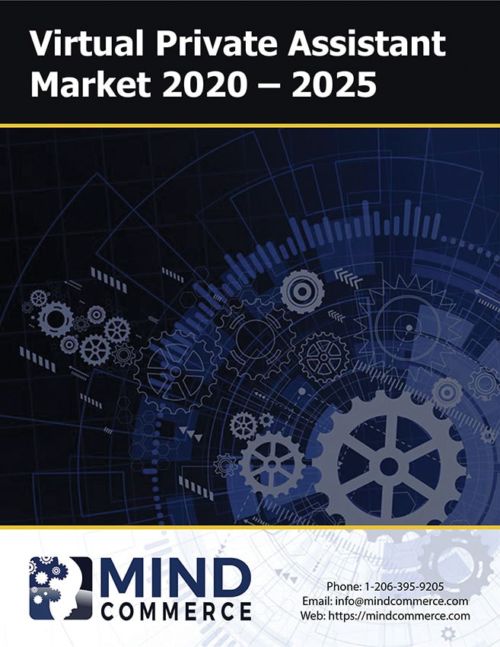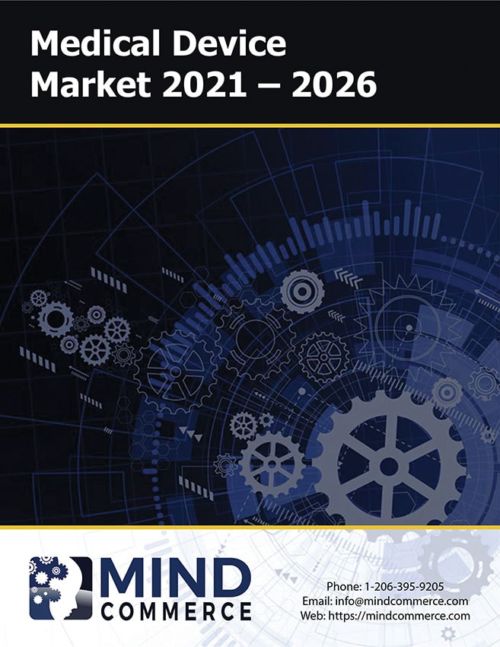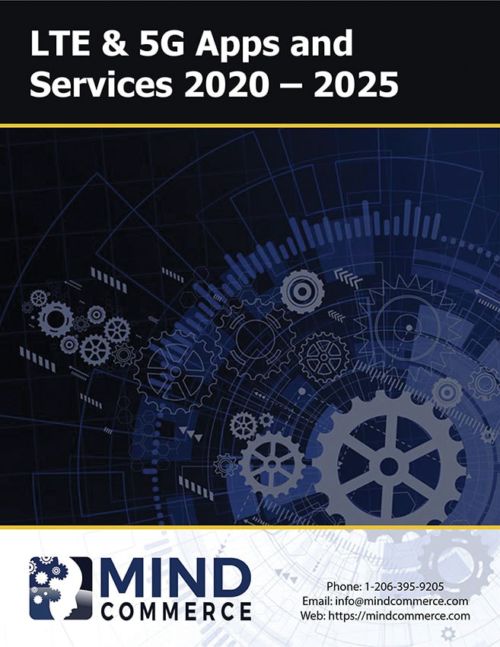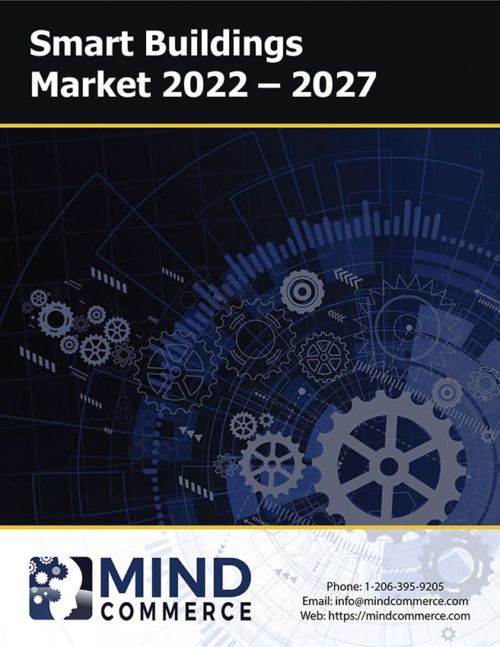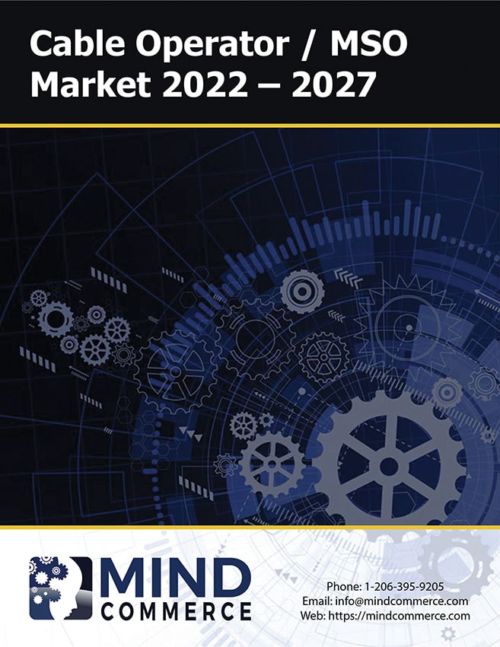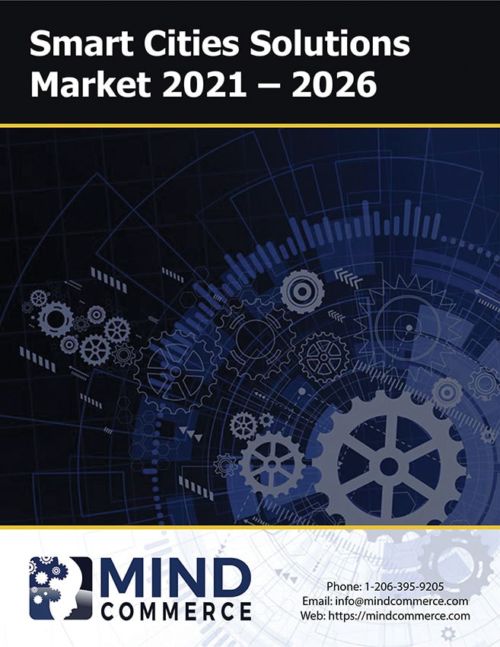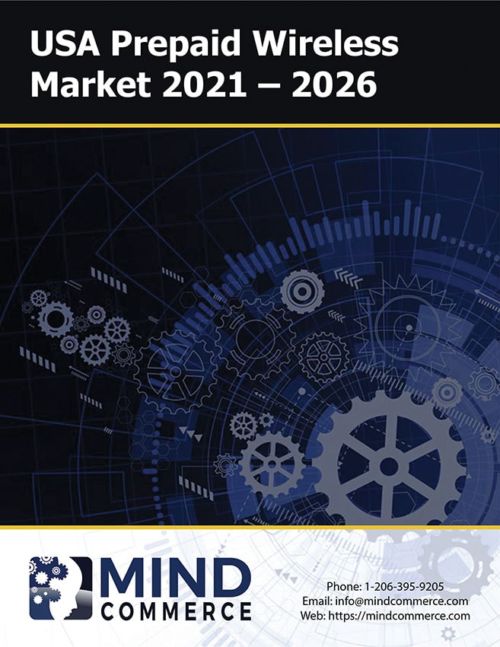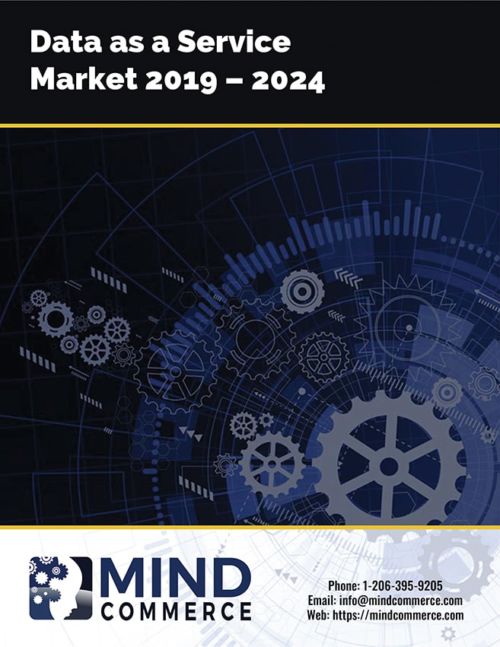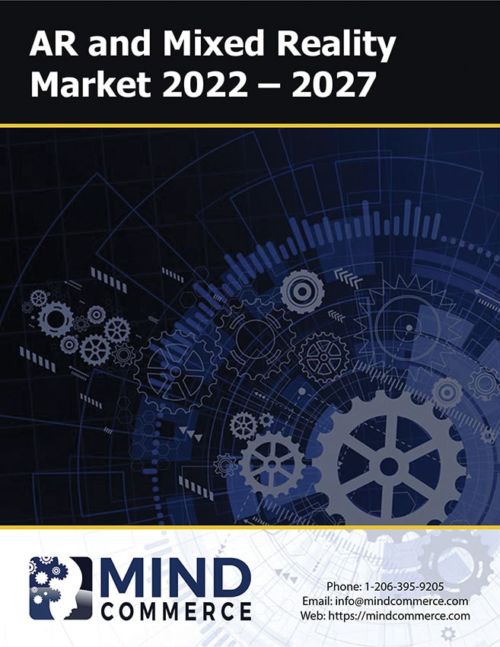
Human Oriented ICT Applications and Services
Arguably, voice communications is the first ICT service, credited to early pioneers in telecommunications Alexander Graham Bell, Thomas Edison, and many others. Today, ICT applications and services involve a lot more than communications between humans.
While the cornerstone of telecommunications is facilitating communications, the ICT industry has evolved to encompass digital content and commerce as well as a wide variety of applications and services.
A few representative Mind Commerce human oriented apps and services research topics include:
- Immersive Apps including Augmented and Virtual Reality
- Mobile Commerce including Advertising, Payments, and Shopping
- Mobile Healthcare including Remote Care and Monitoring
- Mobile Video including Video Sharing and User Generated Content
- Location Services including GPS and Proximity Location (Bluetooth, WiFi, etc.)
- Prepaid Communications, Apps, Content, and Commerce
Telecom apps and services were originally offered only by traditional communication service providers, otherwise known as network service providers or carriers. Examples of past Mind Commerce in this area include:
- The Definitive Guide to: GPS, RFID, Wi-Fi, and other Wireless Location-Based Services
- Mobile Value-added Services (VAS) in 4G: Market Analysis and Forecasts for LTE-based VAS Apps
More recently, third parties known as Over the Top (OTT) providers have taken on a much bigger role in the development and operation of ICT apps and service commensurate with the rapid growth of smart phone penetration and usage.
The OTT business model is one in which a third-party (not a carrier or their suppliers) provides apps and services without any involvement from the legacy network operator.
 The figure is an example of a person oriented communications application, WhatsApp, offered on an OTT basis. One need only download the WhatsApp client on their smartphone to begin connecting with other WhatsApp users via voice, text, video, and more. Once a stand-alone company, WhatsApp was acquired by Facebook in 2014.
The figure is an example of a person oriented communications application, WhatsApp, offered on an OTT basis. One need only download the WhatsApp client on their smartphone to begin connecting with other WhatsApp users via voice, text, video, and more. Once a stand-alone company, WhatsApp was acquired by Facebook in 2014.
Facebook’s acquisition of WhatsApp is an example of what is covered in some of the Mind Commerce OTT apps and services reports. Examples of past Mind Commerce reports in this area include:
- Future of SMS Aggregators
- SMS Ecosystem and Value Chain
- Mobile VoIP: Technology and Business
- Hybrid TV and Over the Top TV Status Report
- Market Opportunity: Social + LTE + Commerce
- Next Generation Messaging: Evolution to IMS and SIP
- Mobile Gambling: Issues, Obstacles, and Opportunities
- Market Opportunity: Free VoIP over Wireless vs. VoLTE
- The Future of App Stores: Network Operator Application Strategies
- Mobile Applications and Widgets: Portable Applications on Mobile Platforms
- Mobile TV: Technology and Solutions Analysis for Network Implementation and Operation
- Web Real-time Communications: WebRTC Software, Applications, Services, Solutions, and Devices
- Mobile Application Marketplace: Market Analysis and Assessment of Future Evolution and Opportunities
- Telephony Application Programmer Interface (API): Ecosystem, Value-chain, Business Models and Market Opportunities
Mind Commerce also provides research that evaluates legacy carrier options to combat OTT players. Examples of past Mind Commerce reports in this area include:
- The ROI of Video in an LTE World
- Market Opportunity: Rich Communications Suite (RCS)
- Voice over LTE (VoLTE) Market Opportunities and Forecast
- Carrier LTE Application Strategies to Combat OTT Players and Services
- LTE Broadcast: Global Market Game Changer for Mobile Video and TV in the post-4G World
- Next Generation Business Models for Mobile Network Operators in LTE, M2M, & OTT Environment
In addition to the above mentioned human-oriented apps and services areas, Mind Commerce also covers many non-people oriented topics as part of our research practice resulting in many M2M and IoT apps reports. The next section discusses these machine-oriented topic areas.
Machine Oriented ICT Applications and Services
 Certain ICT apps and services require little or no human interaction. IoT apps and services rely upon M2M communications involving use cases in which people are not involved with signaling, communications, and/or transactions.
Certain ICT apps and services require little or no human interaction. IoT apps and services rely upon M2M communications involving use cases in which people are not involved with signaling, communications, and/or transactions.
For example, IoT services involving monitoring and control of assets, such as the power generation facilities, typically require little or no direct involvement by people. M2M communications facilitates signaling and control functions necessary to monitor status, alert when triggers are met, and provide IoT enabled command and control of important enterprise assets.
Mind Commerce IoT apps reports cover applications and services development, deployment, and operations as well as the underlying IoT infrastructure necessary to support operations. This includes software and platforms necessary to develop IoT apps such as Application Programming Interfaces (API).
Examples of our IoT apps reports include:
- Connected Home and Smart Appliances
- Internet of Things API Marketplace: IoT API Use Cases, Solutions, Market Outlook and Forecasts
- Programmable Internet of Things (IoT): Market for IoT SDK, API, GUI, Platforms, and Open Source Software
- IoT Application and Services Development Market: Operating Systems, Development Environment, Testing/Simulations, and Deployment
Just as IoT is anticipated to permeate virtually every aspect of society, Mind Commerce IoT apps reports cover many industry verticals such agriculture, automotive, commercial real estate, healthcare, manufacturing, and more. Examples of our market segment oriented IoT app reports include:
- IoT in Healthcare Market Outlook and Forecasts
- IoT in Agriculture: Market Outlook and Forecasts
- Intelligent Buildings: IoT in Smart Cities, Commercial Real Estate, and Homes
- IoT in Smart Infrastructure, Cities, and Buildings: Market Analysis and Forecasts
- Internet of Things API Marketplace: IoT API Use Cases, Solutions, Market Outlook and Forecasts
5G and Cloud Computing related IoT Apps Reports
JustRecognizing the importance of supporting technologies such as fifth generation (5G) cellular and cloud computing, Mind Commerce IoT apps reports also cover the integration and convergence of emerging technologies. A few examples of these IoT convergence reports include:
- 5G New Radio (NR) Networks for Private IoT Networks and Industrial Automation
- 5G and Cloud Computing Technologies, Solutions, Applications, and Services in IoT
- 5G Technology and Solutions for IoT: Ecosystem Analysis, Market Outlook, and Forecasts
- Cloud Computing in Consumer Internet of Things (IoT), Enterprise Automation, and Industrial IoT
Combined Machine and Human Oriented Hybrid ICT Apps and Services:
 Some ICT apps and services involve both M2M/IoT as well as human interaction. One example is connected home applications, which involve a person controlling various home electronics and/or appliances and HVAC systems.
Some ICT apps and services involve both M2M/IoT as well as human interaction. One example is connected home applications, which involve a person controlling various home electronics and/or appliances and HVAC systems.
The above figure depicts the use of a connected home app on a smartphone. The person using this type of app typically has control over home entertainment systems, lighting, heating and air conditioning.
While the person has control via the smartphone interface, IoT systems provide communications and autonomous control via programming such as “If This Then That” (ITTT) logic. For example, ITTT enables a person to decide things like:
If it is after 10PM, and my driveway sensor is activated, send me a message on my smartphone…
These types of ITTT controls, once programmed, happen automatically without any human intervention. This is why these type of ICT apps and services are considered a hybrid between the machine-oriented and human-oriented apps and services categories.
Value-added ICT Apps and Services
Some ICT apps and services may be considered value-added in nature, meaning that they are standard offerings in terms of their ability to foster customer loyalty and have a positive impact on communication service provider loyalty.
VAS apps are important to legacy carriers because they add value from both the end-user and service provider perspective. This value is born largely from their ability to stand apart as valuable from “bearer services”.
A bearer service is characterized as merely acting as the carriage for something else. One simple example of a bearer service is circuit-switching. Traditional voice relies upon circuit-switched transmission for audio exchange between people (or person and machine in the case of IVR). In other words, the circuit transmission is the “bearer” for the voice payload.
VAS apps may be human oriented, such as mobile payments or multimedia messaging. VAS apps may also involve M2M/IoT, but in this case would typically add value between the carrier and enterprise customer relationship as opposed to consumer end-users. An example of a Mind Commerce report in this area is: Mobile Value-add Services Markets, Applications, and Opportunities
Mind Commerce provides both IoT apps reports as well as non-M2M research that address the impact of VAS on the entire ecosystem including carriers, developers, content providers, enterprise, consumers, and various third parties such as Google and other OTT players.



